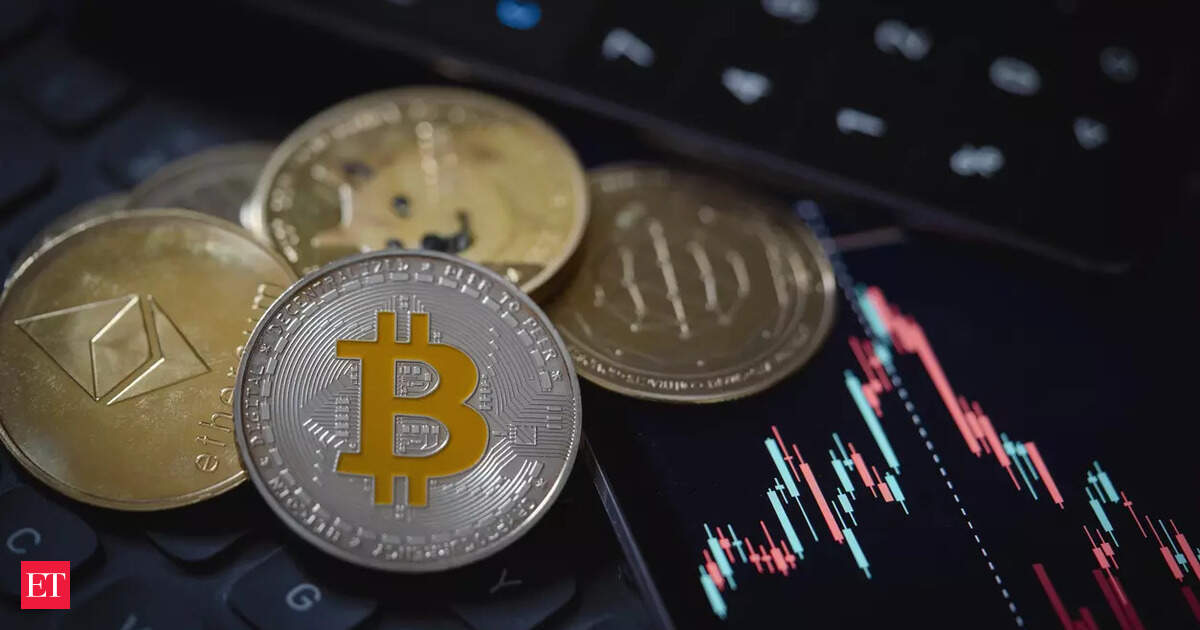
Exclusive: Tech firm ends military unit’s access to AI and data services after Guardian reveals secret spy project
Microsoft has terminated the Israeli military’s access to technology it used to operate a powerful surveillance system that collected millions of Palestinian civilian phone calls made each day in Gaza and the West Bank, the Guardian can reveal.
Microsoft told Israeli officials late last week that Unit 8200, the military’s elite spy agency, had violated the company’s terms of service by storing the vast trove of surveillance data in its Azure cloud platform, sources familiar with the situation said.
The decision to cut off Unit 8200’s ability to use some of its technology results directly from an investigation published by the Guardian last month. It revealed how Azure was being used to store and process the trove of Palestinian communications in a mass surveillance programme.
In a joint investigation with the Israeli-Palestinian publication +972 Magazine and the Hebrew-language outlet Local Call, the Guardian revealed how Microsoft and Unit 8200 had worked together on a plan to move large volumes of sensitive intelligence material into Azure.
The project began after a meeting in 2021 between Microsoft’s chief executive, Satya Nadella, and the unit’s then commander, Yossi Sariel.
In response to the investigation, Microsoft ordered an urgent external inquiry to review its relationship with Unit 8200. Its initial findings have now led the company to cancel the unit’s access to some of its cloud storage and AI services.
Equipped with Azure’s near-limitless storage capacity and computing power, Unit 8200 had built an indiscriminate new system allowing its intelligence officers to collect, play back and analyse the content of cellular calls of an entire population.
The project was so expansive that, according to sources from Unit 8200 – which is equivalent in its remit to the US National Security Agency – a mantra emerged internally that captured its scale and ambition: “A million calls an hour.”
According to several sources, the enormous repository of intercepted calls – which amounted to as much as 8,000 terabytes of data – was held in a Microsoft datacentre in the Netherlands. Within days of the Guardian publishing the investigation, Unit 8200 appears to have swiftly moved the surveillance data out of the country.
According to sources familiar with the huge data transfer outside of the EU country, it occurred in early August. Intelligence sources said Unit 8200 planned to transfer the data to the Amazon Web Services cloud platform. Neither the Israel Defense Forces (IDF) nor Amazon responded to a request for comment.
The extraordinary decision by Microsoft to end the spy agency’s access to key technology was made amid pressure from employees and investors over its work for Israel’s military and the role its technology has played in the almost two-year offensive in Gaza.
A United Nations commission of inquiry recently concluded that Israel had committed genocide in Gaza, a charge denied by Israel but supported by many experts in international law.
The Guardian’s joint investigation prompted protests at Microsoft’s US headquarters and one of its European datacentres, as well as demands by a worker-led campaign group, No Azure for Apartheid, to end all ties to the Israeli military.
On Thursday, Microsoft’s vice-chair and president, Brad Smith, informed staff of the decision. In an email seen by the Guardian, he said the company had “ceased and disabled a set of services to a unit within the Israel ministry of defense”, including cloud storage and AI services.
Smith wrote: “We do not provide technology to facilitate mass surveillance of civilians. We have applied this principle in every country around the world, and we have insisted on it repeatedly for more than two decades.”
The decision brings to an abrupt end a three-year period in which the spy agency operated its surveillance programme using Microsoft’s technology.
Unit 8200 used its own expansive surveillance capabilities to intercept and collect the calls. The spy agency then used a customised and segregated area within the Azure platform, allowing for the data to be retained for extended periods of time and analysed using AI-driven techniques.
Although the initial focus of the surveillance system was the West Bank, where an estimated 3 million Palestinians live under Israeli military occupation, intelligence sources said the cloud-based storage platform had been used in the Gaza offensive to facilitate the preparation of deadly airstrikes.
The revelations highlighted how Israel has relied on the services and infrastructure of major US technology companies to support its bombardment of Gaza, which has killed more than 65,000 Palestinians, mostly civilians, and created a profound humanitarian and starvation crisis.
According to health officials in Gaza, at least 60,000 people have been killed during Israel’s current military campaign, launched after the Hamas-led attack on 7 October 2023 which killed nearly 1,200 people.
The actual death toll is likely to be significantly higher, as the figure only includes Palestinians killed by bombs or bullets whose bodies have been recovered, leaving out thousands trapped under the rubble or killed by starvation and other indirect victims of the campaign.
According to the data – which includes the deaths of militants – women, children, and elderly people account for approximately 55% of the recorded deaths.
According to a document seen by the Guardian, a senior Microsoft executive told Israel’s ministry of defence late last week: “While our review is ongoing, we have at this juncture identified evidence that supports elements of the Guardian’s reporting.”
The executive told Israel officials that Microsoft “is not in the business of facilitating the mass surveillance of civilians” and notified them that it would “disable” access to services that supported the Unit 8200 surveillance project and suspend its use of some AI products.
The termination is the first known case of a US technology company withdrawing services provided to the Israeli military since the beginning of its war on Gaza.
The decision has not affected Microsoft’s wider commercial relationship with the IDF, which is a longstanding client and will retain access to other services. The termination will raise questions within Israel about the policy of holding sensitive military data in a third-party cloud hosted overseas.
Last month’s revelations about Unit 8200’s use of Microsoft technology followed an earlier investigation by the Guardian and its partners into the broader relationship between the company and the Israeli military.
That story, published in January and based on leaked files, showed how the IDF’s reliance on Azure and its AI systems surged in the most intensive phase of its Gaza campaign.
After that report, Microsoft launched its first review of how the IDF uses its services. It said in May it had “found no evidence to date” the military had failed to comply with its terms of service, or used Azure and its AI technology “to target or harm people” in Gaza.
However, the Guardian investigation with +972 and Local Call published in August, which revealed the cloud-based surveillance project had been used to research and identify bombing targets in Gaza, led the company to reassess its conclusions.
If you have something to share about this story, you can contact Harry Davies and Yuval Abraham using one of the following methods.
Secure Messaging in the Guardian app
The Guardian app has a tool to send tips about stories. Messages are end to end encrypted and concealed within the routine activity that every Guardian mobile app performs. This prevents an observer from knowing that you are communicating with us at all, let alone what is being said.
If you don’t already have the Guardian app, download it (iOS/Android) and go to the menu. Select ‘Secure Messaging’.
To send a message to Harry and Yuval please choose the ‘UK Investigations’ team.
Signal Messenger
You can message Harry using the Signal Messenger app. Use the ‘find by username’ option and type hfd.32
Email (not secure)
If you don’t need a high level of security or confidentiality you can email harry.davies@theguardian.com
SecureDrop and other secure methods
If you can safely use the tor network without being observed or monitored you can send messages and documents to the Guardian via our SecureDrop platform.
Finally, our guide at theguardian.com/tips lists several ways to contact us securely, and discusses the pros and cons of each.
The disclosures caused alarm among senior Microsoft executives, sparking concerns that some of its Israel-based employees may not have been fully transparent about their knowledge of how Unit 8200 used Azure when questioned as part of the review.
The company said its executives, including Nadella, were not aware Unit 8200 planned to use, or ultimately used, Azure to store the content of intercepted Palestinian calls.
Microsoft then launched its second and more targeted review, which was overseen by lawyers at the US firm Covington & Burling. In his note to staff, Smith said the inquiry had not accessed any customer data but its findings were based on a review of internal Microsoft documents, emails and messages between staff.
“I want to note our appreciation for the reporting of the Guardian,” Smith wrote, noting that it had brought to light “information we could not access in light of our customer privacy commitments”. He added: “Our review is ongoing.”
source













